In the manufacturing and design world, thermoforming is an important but often overlooked technique. Consumers may not be aware of it, but thermoforming plays a crucial role in how many products are made – including some they use every day. One key aspect of thermoforming is something called the draft angle. It might seem simple, but having the right draft angle is vital if you want to produce top-notch thermoformed items that work well over time.
In the world of thermoforming, using heat and pressure to shape products that we all use every day. And among many important considerations when designing these products is something called draft angle. Although it may seem small or even insignificant, draft angle actually plays a crucial role in how well thermoformed items turn out as well as whether they can be made at all! In this blog, we will explore what draft angles do and why they matter so much: not just for production but also things like how good parts are and whether projects using thermoforming will succeed overall.
So just what is this angle – and why should we care about it?

Thermoforming
Plastic molding processing is an engineering technology that involves various processes for transforming plastic into plastic products, such as injection molding, thermoforming, rotational molding, compression molding, extrusion, blow molding, 3D Printing, CNC Machining etc.
To understand why the draft angle is important, it helps to know a bit about thermoforming. This manufacturing technique transforms flat plastic sheets into all sorts of 3D objects. Here’s how it works: You heat up the plastic until it can be easily formed; then you put molten plastic flows in a mold and stretched or pressured into the desired shape.

After trimming off any excess material, you might also do things like printing on it or adding other fabrication touches. Thermoforming is used in everything from food-packaging materials to car parts – it’s a big deal in modern manufacturing.
There are several thermoforming methods used in actual production: differential pressure molding, cover molding, plunger-assisted molding, suction back molding, opposite mold molding, female mold(female molds) and male mold(male molds) thermoforming, thin gauge thermoforming, heavy gauge vacuum forming and twin sheet forming.

The Draft Angle Demystified
To fully grasp its importance, let's first define what a draft angle is. In thermoforming, specifically, it is the degree to which a mold or surface slopes and is integral for two reasons: facilitating simple ejection of a part from its mold and guaranteeing even wall thickness throughout that part when it’s produced. When the mold is opened, finished parts can be taken out without any damage sustained by either them or their molds.
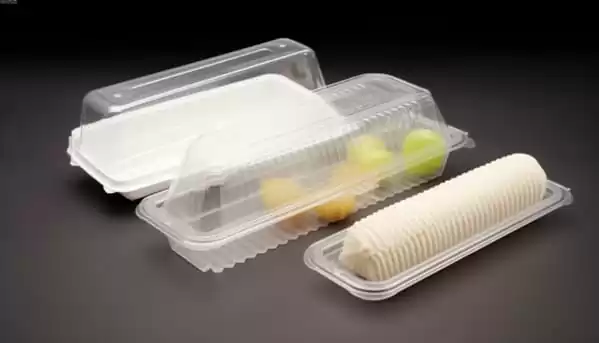
It is important to think about the draft angle when thermoforming. This is how much the sides of a mold or formed object slant inwards. If you have a positive draft angle, then the walls(vertical walls) of your object taper outwards, meaning it will be easier to take out of the mold. Negative draft angles (undercuts) make things more expensive and difficult to produce.
Put simply, having a draft angle helps during manufacturing and assembly because it lowers the chances of your product getting harmed as it’s being made – plus it pops out more easily which is nice for your mold too! In other words, the draft angle facilitates both the manufacturing and assembly processes, reducing the risk of damage to the product and the mold, while also ensuring the part's structural integrity and professional finish.
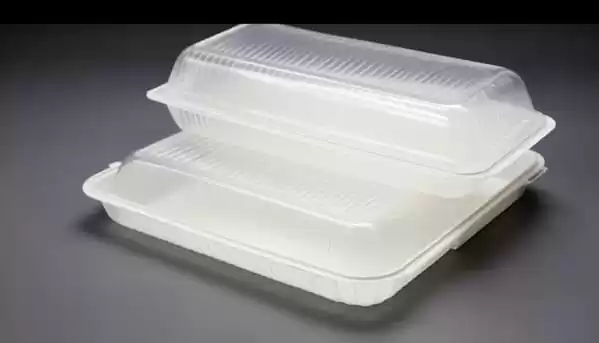
The Significance of Draft Angle in Thermoforming
Effect of Draft Angle on Mold Complexity and Cost
Thermoforming mold design is both an art and a science. Each degree of draft angle not only influences how the part is formed but also dictates the cost and complexity of the tooling involved. Additional angles may mean more expensive molds or design gymnastics that are hard to execute.
However, it's essential to find the balance - Too little draft angle can cause parts to stretch or rip as they're pulled free; too much draft angle can compromise strength, tool life, and integrity altogether.
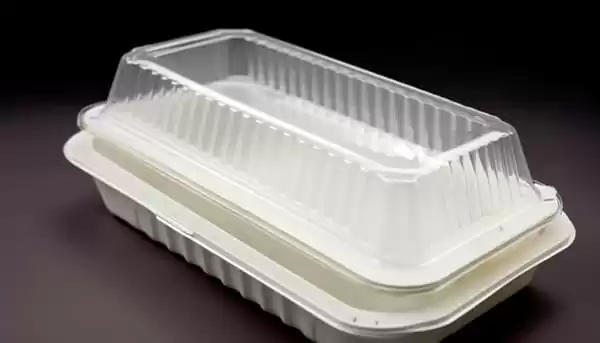
Improving Aesthetics and Functionality
Draft angles help in maintaining the quality and aesthetics of the product. Without adequate draft, parts may have marks, scuffs, or even tear upon ejection — compromising the product's appearance and structural integrity.
The draft angle at which a product is moulded is very important because it affects how the product looks and works. If a product does not have enough angle (known as draft), it may get scratched or marked when it is being made – this is called scuffing. You might be able to see these marks on the surface of the object, like drag marks on a plastic cup.

For things like medical equipment, this could cause problems with infection control because germs might get into the scratches; for other items, such as packaging for beauty products, it might mean that logos or designs don’t look as good if there are noticeable scrape marks on them.
On the other hand, if an item has been properly designed with enough draft when it’s being formed, there’s more chance its surface will come out smooth – which makes things look great and shows off how well they’ve been made!

The importance of improving thermoformed parts should not be overlooked. By incorporating the right draft angle, products will not only stack better but also be simpler to use – and there is a higher chance they will do what they are supposed to do. Take, for instance, a thermoformed cup: ideally, its interior would stay nice and smooth so that dirt and germs do not collect inside it; at the same time, a draft angle on the outside would mean no vacuum forms when it sits flat, making it easier to lift from a flat surface.
Ease of Ejection
The primary advantage of draft angle is that it makes it easier to remove the part from the mold. In thermoforming manufacturing process, plastic sheets are heated until they become pliable, formed over a mold using vacuum or pressured air and then cooled so they solidify in the shape of the mold.
A draft angle means the part doesn’t stick to the mold surface – which reduces both the force needed to eject it and the chances it will be deformed or otherwise spoiled.
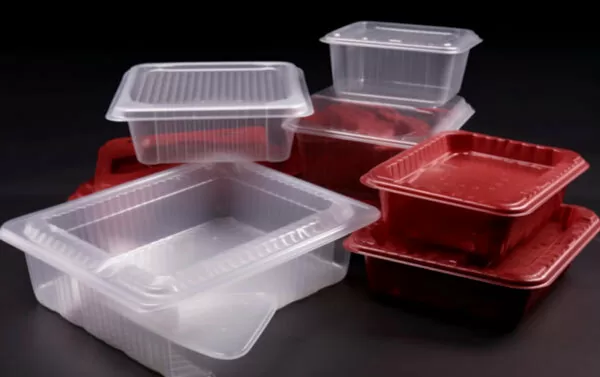
Tooling and Mold Design
When considering tooling, incorporating the right draft angle makes mold design easier while also decreasing the amount of damage inflicted on the mold itself – meaning it lasts longer.
Insufficient draft angles may necessitate pricier, more complicated manufacturing methods and could lead to regular maintenance or having to make a brand-new mold altogether.
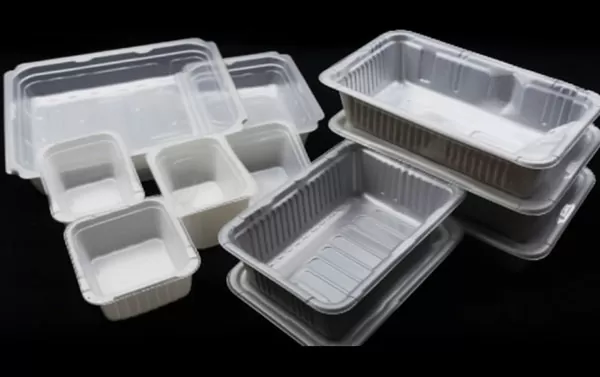
Cost Efficiency
Incorporating a draft angle can streamline manufacturing and lower costs. With one, parts are less likely to sustain damage upon ejection—meaning decreased labor expenses for fixes or touch-ups. Faster ejections also cut cycle times.
Impact on Wall Thickness Uniformity
To guarantee both the attractive appearance and the strength of the component, it must have an even thickness throughout. One way this is achieved is by using draft angles, which help sustain uniform thickness even in regions where the mold separates. In turn, this reduces the chance of thin spots or places with too much material—resulting in an improved overall finish that looks better as well.

How to Optimize Draft Angles
Optimizing Material Usage and Reducing Warpage
Draft angles play a crucial role in determining both the cost and sustainability of pressure forming methods as they enable us to use less plastic material in the mould. This means lower costs for us and less weight for the finished product – a win-win situation all round!
Furthermore, draft angles are crucial for reducing the risk of warping. When a component cools down after being moulded, it contracts – but not always evenly. By incorporating draft angles into a design, engineers facilitate uniform cooling that mitigates both distortion and any compromise to the part's overall size accuracy.

The Design Phase
When it comes to mold design, harnessing the full potential of draft angles is key. Working closely with architects, engineers, and product designers, mold makers incorporate the significance of these angles into the tools themselves – tools that will ultimately shape end products.
In order to ensure smooth production and stay true to the original design, it is important to think about the shape of the part before deciding how steep its draft angle should be. Mistakes at this point can cause problems or hold up manufacturing later on, so it’s a crucial step!
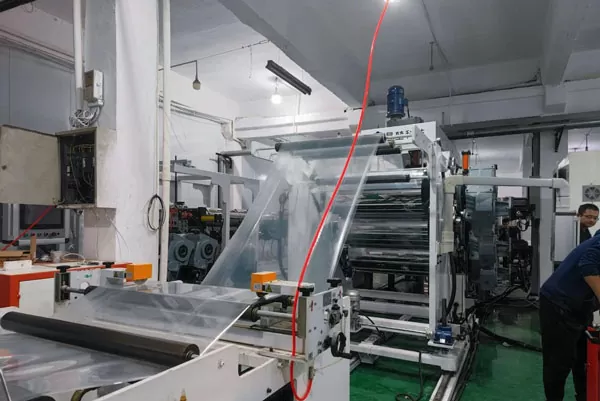
Sustainability and Material Economy
The design phase is when you really get to show how serious you are about sustainability. If you have a good design, then you think about what materials you use and how they will affect things. One thing that shows this well is if someone has thought out how the product can be made with less material but still work just as well – by having a draft angle on it that’s been carefully chosen and put in the right place.
This way there is not only less waste from making them, but also afterward when people use them too because there isn’t so much stuff being used up.
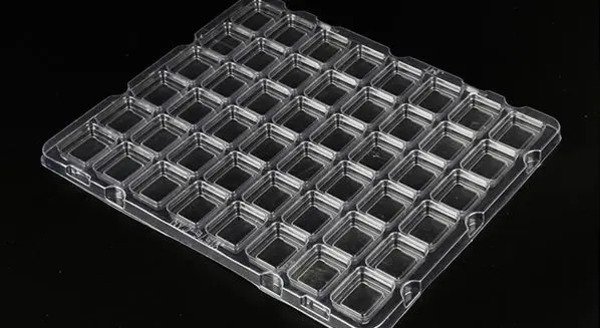
Balancing Act with Design Intent
Design and utility are not mutually exclusive. Designer must consider both how an item will look and how it needs to work when figuring out the draft angle’s technical limits.
By skillfully combining aesthetics and practicality, designers can make sure their creations don't just meet production needs; they also please consumers with great looks and ergonomic features.
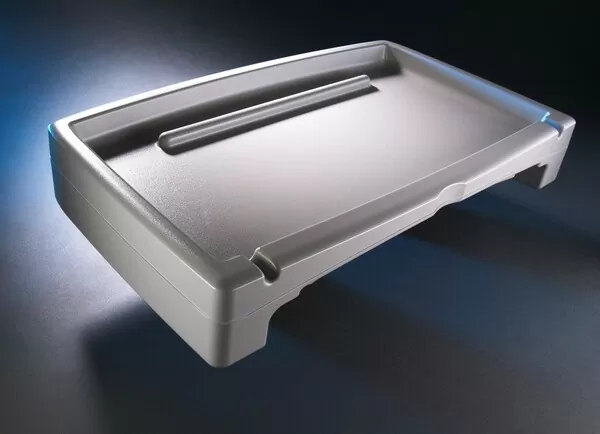
Draft Angles in the Market
Every market sector has its own set of demands and standards. In the world of medical equipment, as with any industry, there are requirements and expectations that must be met. One such requirement when it comes to ensuring products remain both clean and operational is the use of draft angles.
Meanwhile, in other industries like consumer goods, draft angles can help a product stand out from its competitors by providing an added level of customer gratification. By looking at different sectors one can see how versatile drafts angles are –– as well as how vital they can be for meeting particular demands or winning over buyers.

Draft Angle and 3D Printing
Even in today's digital world, with 3D printing transforming how quickly models are made, draft angle still matters. It's still important when you 3D print something because the angle at which things slope can affect how well each layer sticks to the one below it – as well as if the finished part will come off its printing base easily or not.
We'll look into how different 3D printing technologies cope with draft angles – and why they matter if you want to use a piece you've printed as a mold for thermoforming.

Future Trends: The Evolving Role of Draft in Thermoforming
Discoveries in thermoforming could soon transform the way we think about draft angles. We'll explore emerging technologies, such as smart tooling and machine learning, and how they could influence the significance and application of the draft in vacuum forming.
Furthermore, with increased adoption of sustainable practices, the role of draft in optimizing material use and reducing waste could become even more pronounced.

Conclusion
Knowing the importance of draft angle is key in thermoformed product production. Draft angles are important in many manufacturing procedures, including injection molding process. When making an injection molded part or injection molded component, having the right draft angles is vital. These help eject the molded part from the male molds smoothly so production runs well(Male molds tend to thin less than female mold but require more draft). Understanding draft angle’s significance improves not only the quality of injection molded products but also makes manufacturing easier – which makes everything more efficient and cost-effective overall.

The importance of the draft angle in thermoforming shows how carefully and precisely products must be designed and made. It is where science meets art – usefulness paired with beauty. As technology develops in manufacturing, recognizing to include a draft angle means the things produced using this technique will be better: they will work well, use less material and energy, and look new because innovative design ideas have been used to create them.
Whether you're an experienced product designer or new to the field of manufacturing, grasping the importance of draft angles is key if you want to push boundaries and develop items that not only meet existing criteria but go beyond them. It reveals hidden depths and shows how tiny angles can have a huge impact – potentially transformative results that might otherwise have been missed.
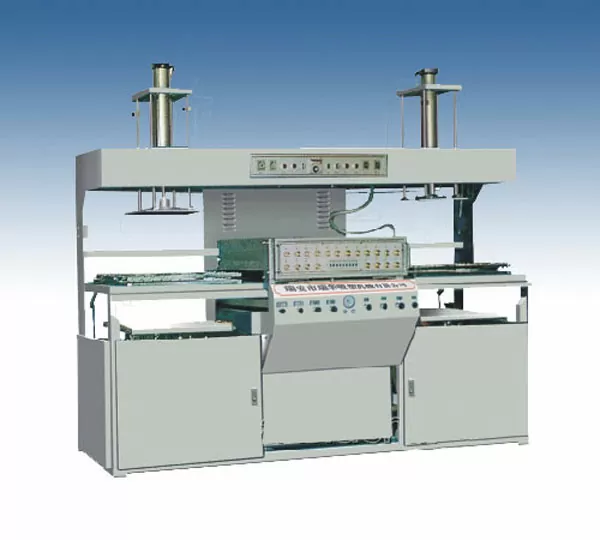
Manufacturers who understand this concept have the power to change whole industries when they work with plastic – while designers who grasp it can leave behind a lasting impact, rather than just products. The draft angle isn’t simply something built into a mould; it shows how much planning has gone into a project, sets standards for others to follow and helps bring about new ideas in a world that’s always changing.




